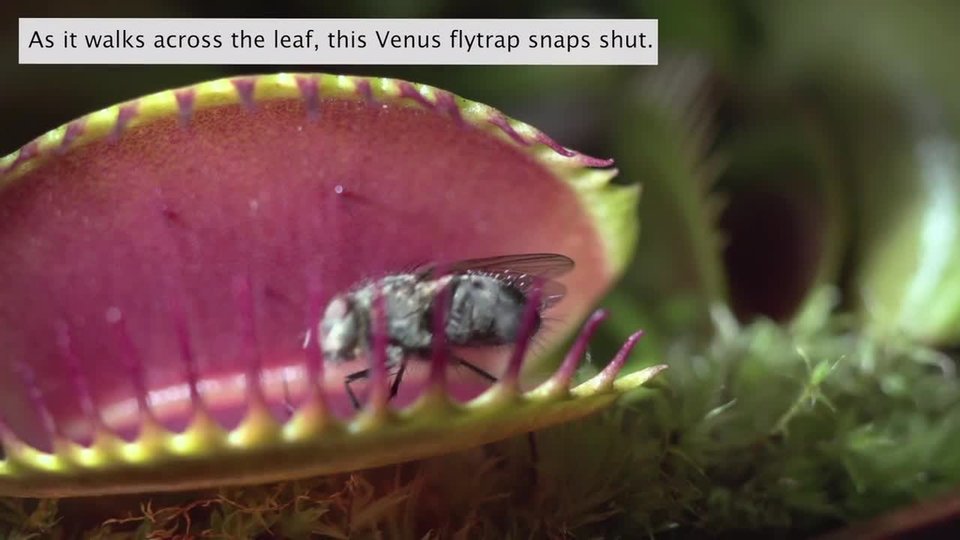SpreadingtheWord
Goodallbegantopublishherfieldresearch.Still,manyscientistsweredoubtful.In1962,GoodallgaveaspeechforLondon’sZoologicalSociety.Somescientistssaidthatherresearchwasguessworkandmadeno“realcontributionto science.”

Achimpanzeedigsfortermiteswithabladeof grass.
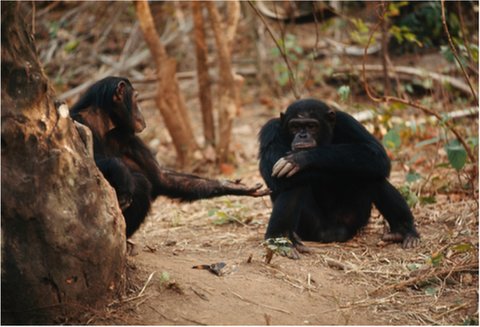
Melissareachesoutherhandto Faben.
ProofPositive
Goodallneededmoreevidenceofherwork.TheNationalGeographicSocietysuggestedshetakephotosofher discoveries.
TheSocietyhiredHugovanLawickforthejob.He’dhadsomeexperiencetakingphotosofwildlife.HereachedGombeinAugust 1962.
Atfirst,hedidn’ttakepicturesofGoodallwiththechimps.Butthemagazineeditorswantedphotosofheraswell.Itwasunusualforawomantobeascientistatthistime.Peoplewerecuriousabout her.
ThephotosvanLawicktook wereproofofthechimps’toolmaking,nestbuilding,andotherbehavior.TheyalsoshowedGoodallatwork.HisphotographsappearedwithherwordsinNational Geographic’s August1963 magazine.

ThecoverofNationalGeographicmagazine,August 1963
ANovelApproach
Theissuewasahugesuccess.In1964,GoodallwassettogiveherfirstlectureintheUnited States.
Janeknewwhatshewantedtosay.Shereportedonherscientificdiscoveries.ShedescribedGombe’sbeautyandpeacefulness.Shealsodescribedthechimpsbytheirpersonalitiesandthenamesshe’dgiven them.
Janeexpressedtheneedtoprotectthechimpsandpreventthemfrombeingshotorsoldtocircuses.ShespokeaboutDavidGreybeard.Hewasthechimpwhohadopeneddoorstomanyimportant discoveries.
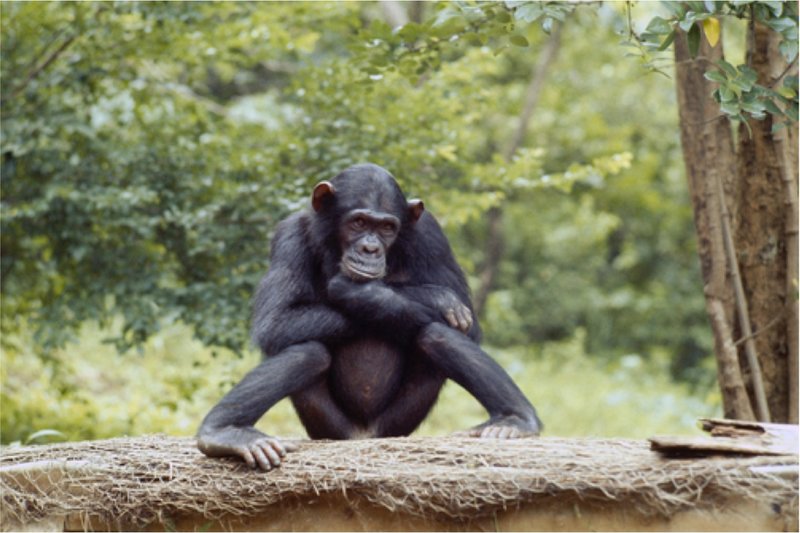
achimpnamed Pom
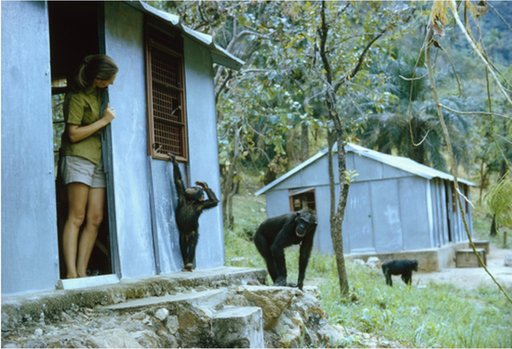
GoodallwatchesFlintfroma doorway.
“DavidGreybeard... has puthiscompletetrustinman,”shesaid.“Shallwefailhim?Surelyit’suptous. . . toensurethat. . . thesefantastic. . . creaturescontinuetoliveundisturbedintheirnatural habitat.”
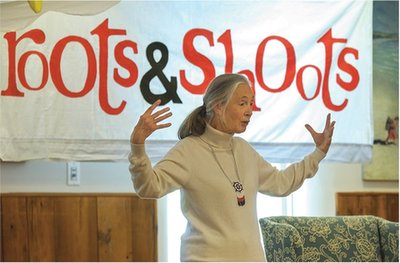
JaneGoodall,Continued
JaneGoodallwentontoearnherPh.D.fromCambridgeUniversity.Shehaspublishedmanymagazinearticlesandbooks.In1991,shefoundedanorganizationcalled“Roots& Shoots”inTanzania.Itsgoalistohelpyoungpeoplebegincareersinconservationwork.Today,herworkinconservation continues.
